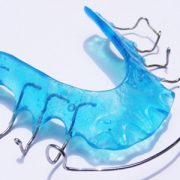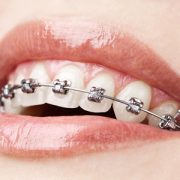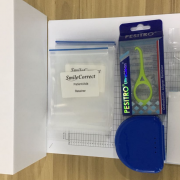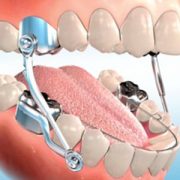When is the best time to have orthodontic treatment?
If teeth are properly aligned with a correct bite early in a child’s life, it can prevent further dental problems from arising in adulthood. It’s so important orthodontic treatment is conducted swiftly and as early as possible.
Developing a ‘bad bite’ can be diagnosed from as early as 2-3 years old. If malocclusions are detected early, work can begin to correct the bite and avoid future issues when development of the teeth and jaws gathers pace in early teens.
This early work can avoid full orthodontic treatments later in adolescence, and can mean that by the time a child reaches this important stage, the issue has been rectified and their bite – and smile – is as it should be.
The stages
Early treatment – which encompasses an assessment of the dental arches, the premature loss of teeth and looks at habits such as thumb sucking – can avoid further treatment if initiated early.
The mixed dentition stage (ages 6-12 years) will look at treatments to restore jaw alignment, and is a great time to start treatment due to the responsive nature of a child’s teeth and gums during these crucial developmental years.
In the adolescent dentition stage, the concerns are focussed on dealing with permanent teeth and the ‘final bite’. At this stage, the ideal would be that an early diagnosis would have resulted in effective treatment and a normal and correctly aligned bite.
But why is orthodontic treatment more effective when carried out at a certain stage in development?
Extensive research has indicated that corrective treatment of dental imperfections is more effective when a child’s development is still underway. By carrying out treatment early and when the skeleton is still growing, the mouth can be prepared at the same time in advance of the final eruption of adult teeth. This allows the jaw to be in the correct position and teeth properly aligned before they even grow into place.
If the adult teeth have room to grow when they finally show through, then they will grow in pretty straight. If the jaw is crowded, teeth will more than likely grow in crooked and cramped. That’s why early detection and treatment is always advisable.
Treatments
Even if treatment is carried out later on in childhood, the results can still be effective depending on the course of action chosen by the dentist.
Although many teenagers dread the thought of having braces, nowadays there are many different options and not all solutions are the traditional metal fixture.
Because of the advances in technology, braces now can be made to be almost invisible and totally unobtrusive which is great when treatment is needed into adolescence and image is a major factor.













